SUMMARY
This is AI generated summarization, which may have errors. For context, always refer to the full article.
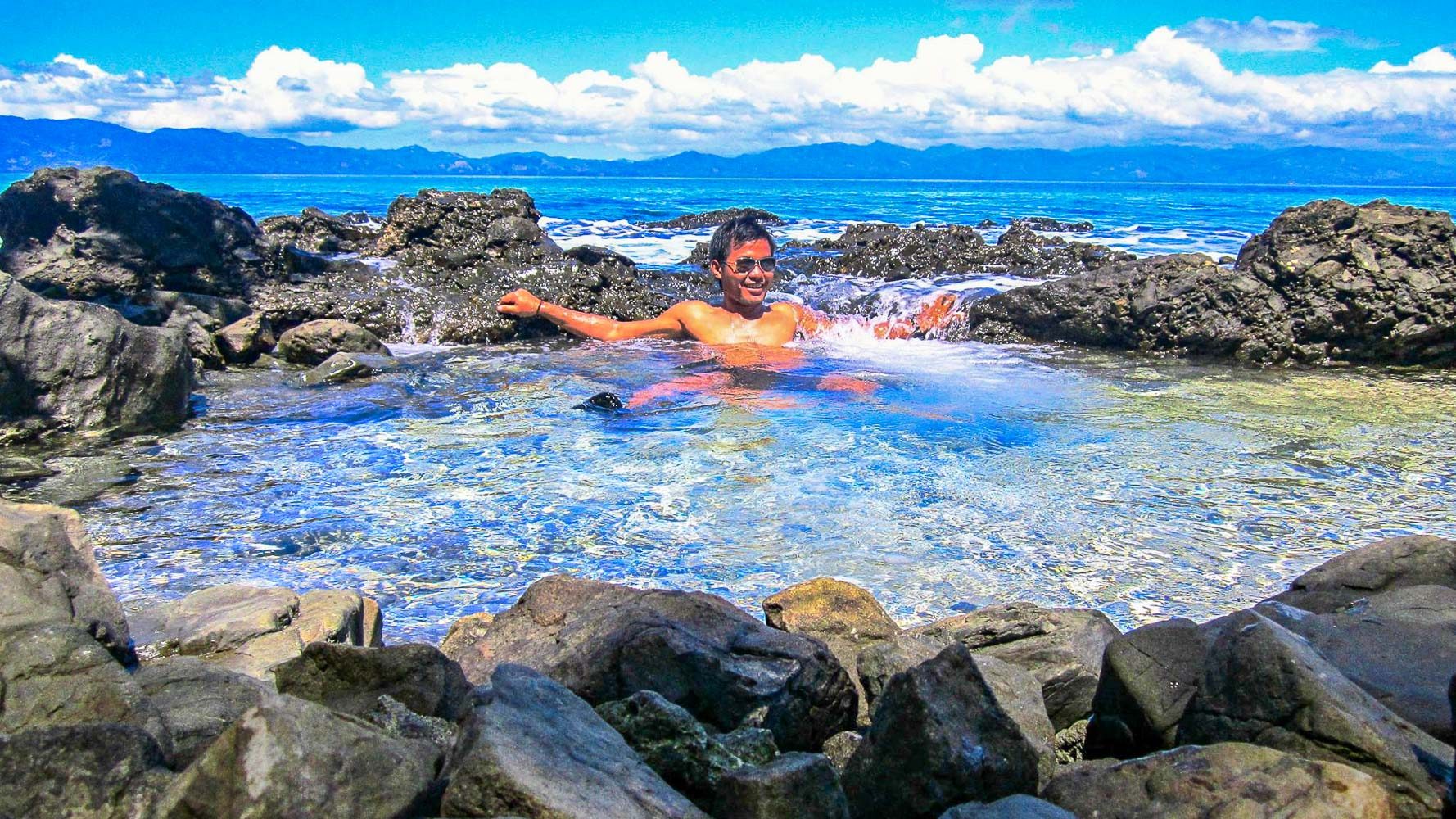
Picture this: just you and a long stretch of white sand lapped by clear blue waters. Occasionally, you may see locals, or a few other people who dared to visit this beach like you did, but mostly, the beach – or a large stretch of it – is all yours. Of course, this quiet scenery comes with a price, particularly long hours of not exactly comfortable travel.
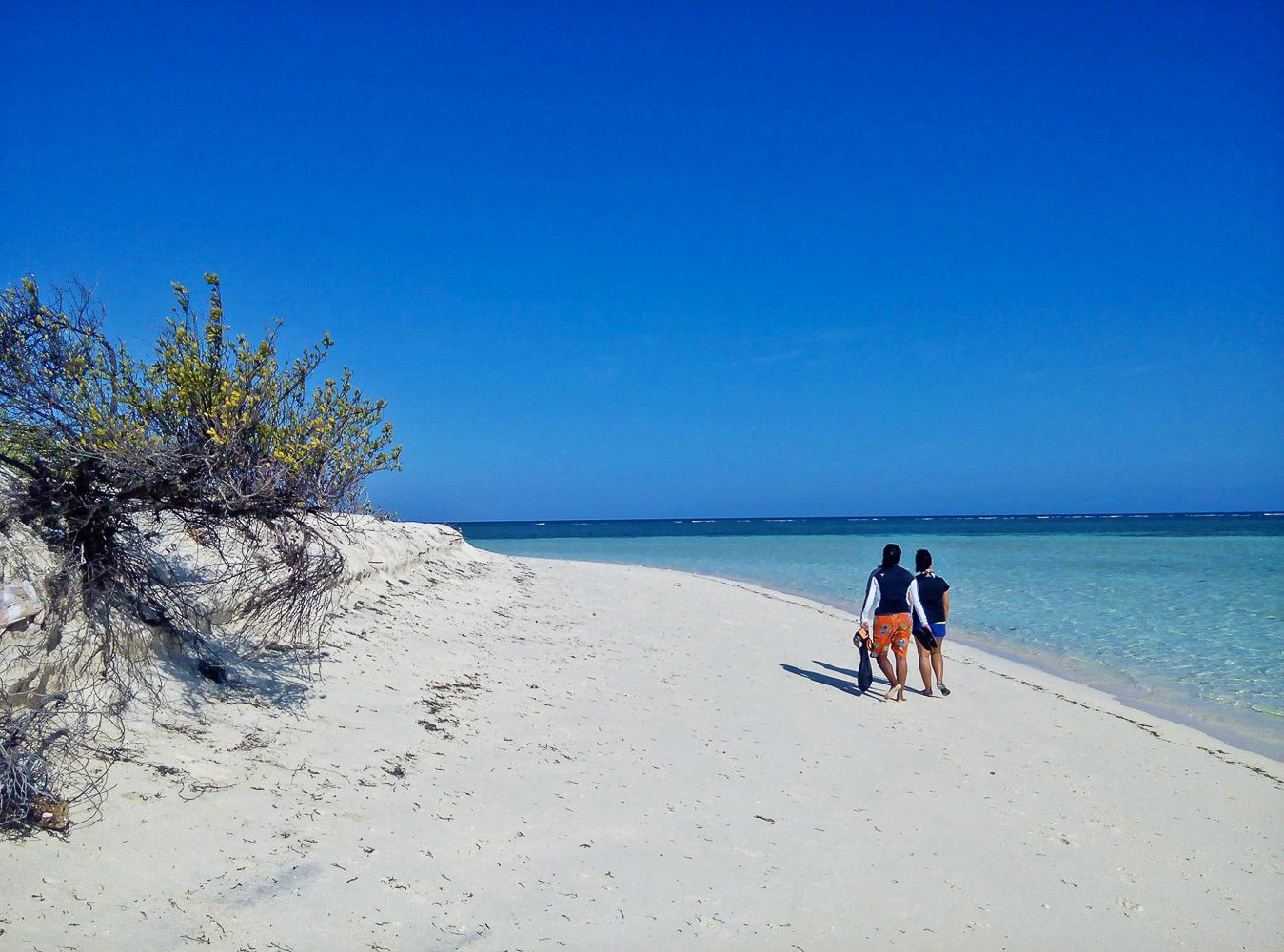
But for those up for a challenging adventure, below are some beautiful remote white beaches worth going to.
Cibang Cove, Calayan Island, Cagayan
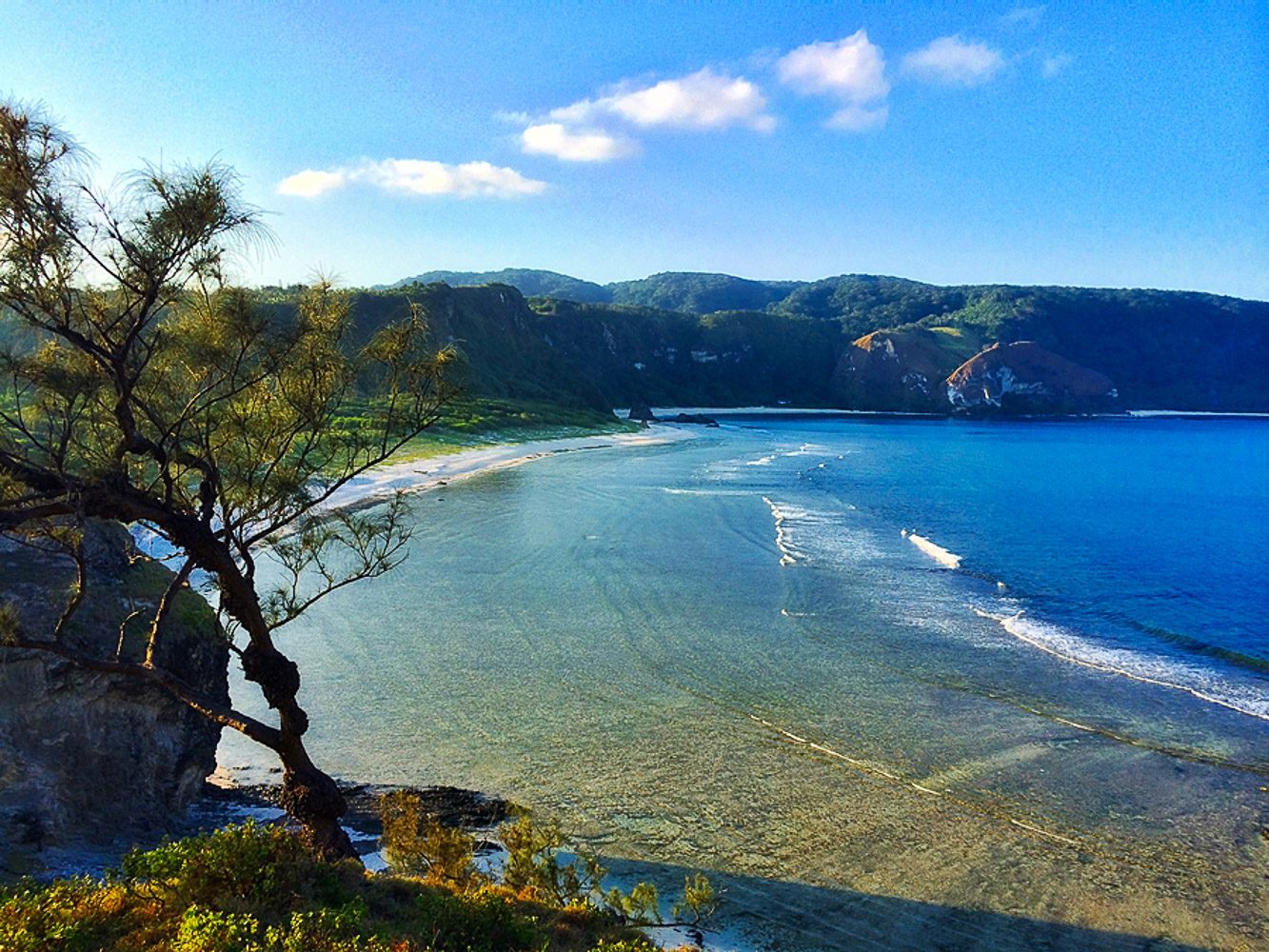
Located north of the Philippines in the Babuyan Channel, Calayan Island is not exactly easy to get to, especially as the seas can get rough, sometimes making a 5-hour boat trip stretch into 9 hours. Even during the summer, waves can swell to the size of cars. Boat schedules from mainland Cagayan can be unpredictable.
In Calayan, though, you will find breathtaking rugged cliffs pounded by the seas, and quiet coves amid the rough waters, with Cibang Cove the most accessible via a short trek. Walk barefoot on its long stretch of pristine white sand hemmed in by rock formations draped in greenery, and take a dip in its clear, tranquil waters.
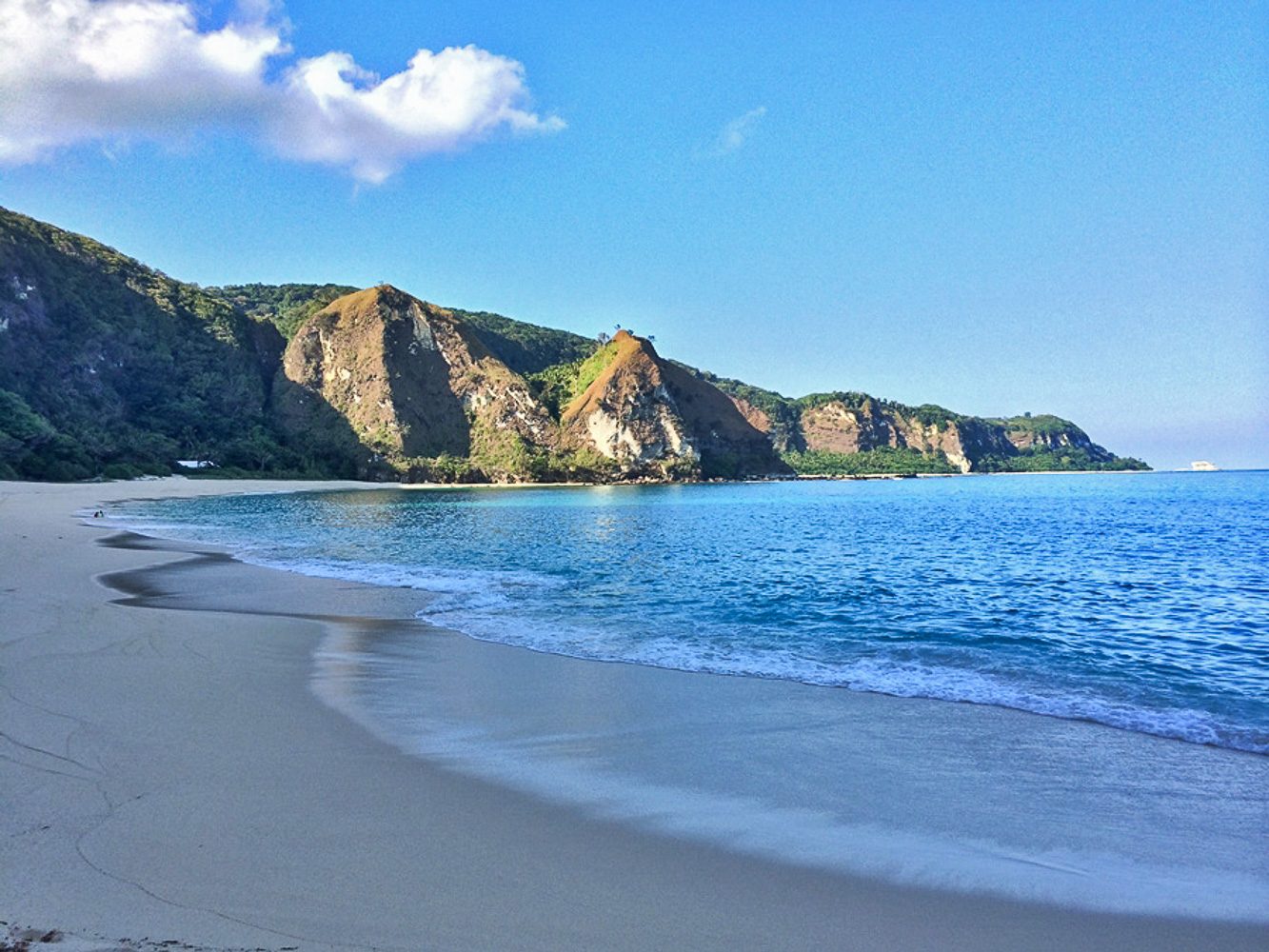
Cibang is not the only beautiful beach in Calayan. There are many more, one of them Kababaan Beach, just separated by boulders from Cibang.
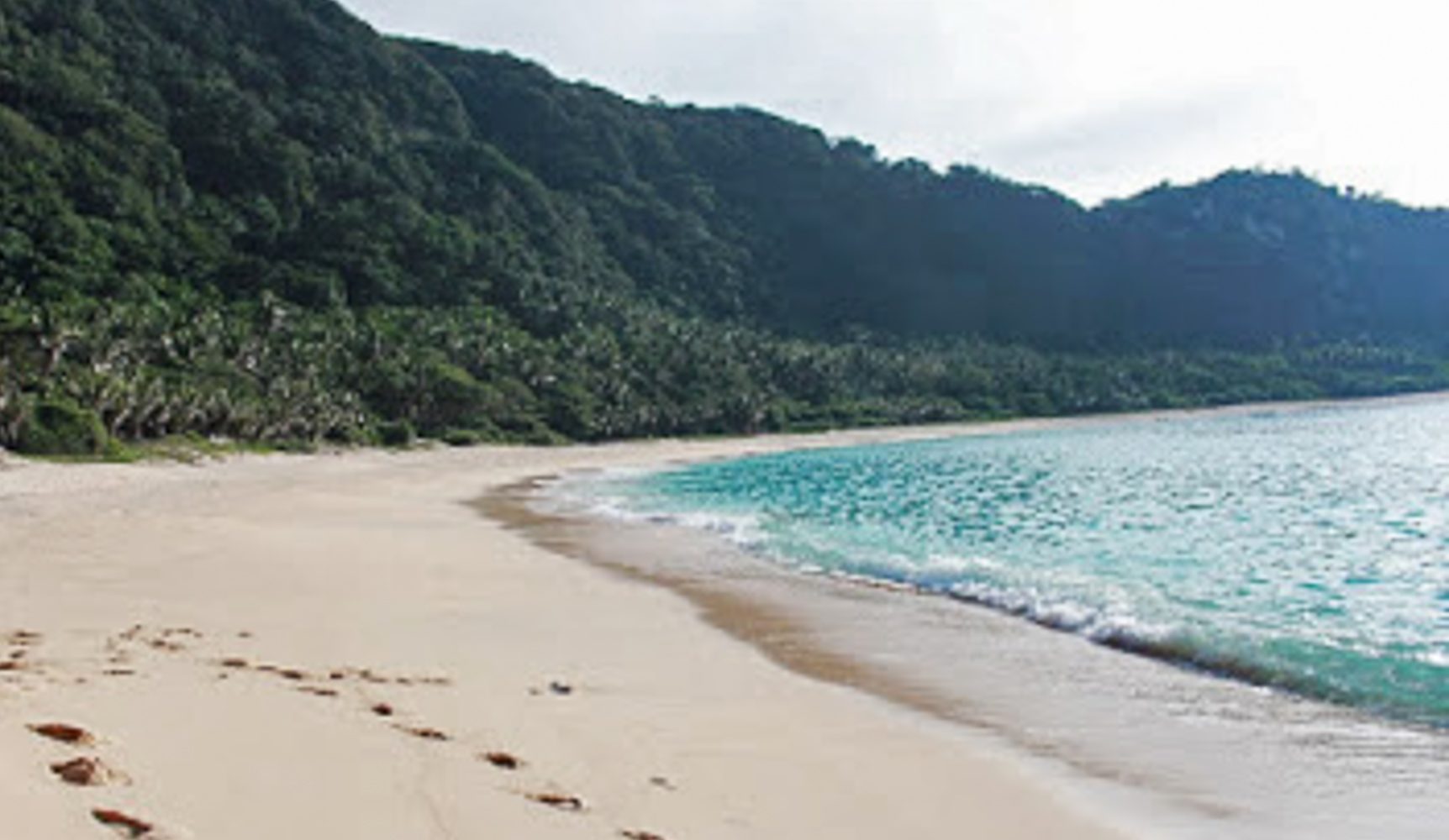
And, as a bonus, you might just see humpback whales on the way to or back from Calayan as these giants have been regularly sighted in the past.
How to get there:
From Manila, ride a bus to Claveria. Travel time is 13-14 hours. You can also take a bus to Sta. Ana (16 hours). Or, take a flight to Tuguegarao then travel by land to Claveria or Sta. Ana. From Claveria, ride the commuter lampitaw (an outrigger motor boat) to Calayan.
The lampitaw usually leaves between 5 to 7 am, but schedule can be erratic and will also depend on the weather. Travel time is at least 5 hours.The ferry from Sta. Ana’s San Vicente Port, on the other hand, takes at least two hours. Once in Calayan, ride a kuliglig, a motor vehicle pulled by a two-wheel tractor. Trip is around 5 minutes, then trek for at least 5 minutes to Cibang Cove. Climb up the hill for 10-15 minutes to get a sweeping view of the cove.
Apo Island, Sablayan, Occidental Mindoro
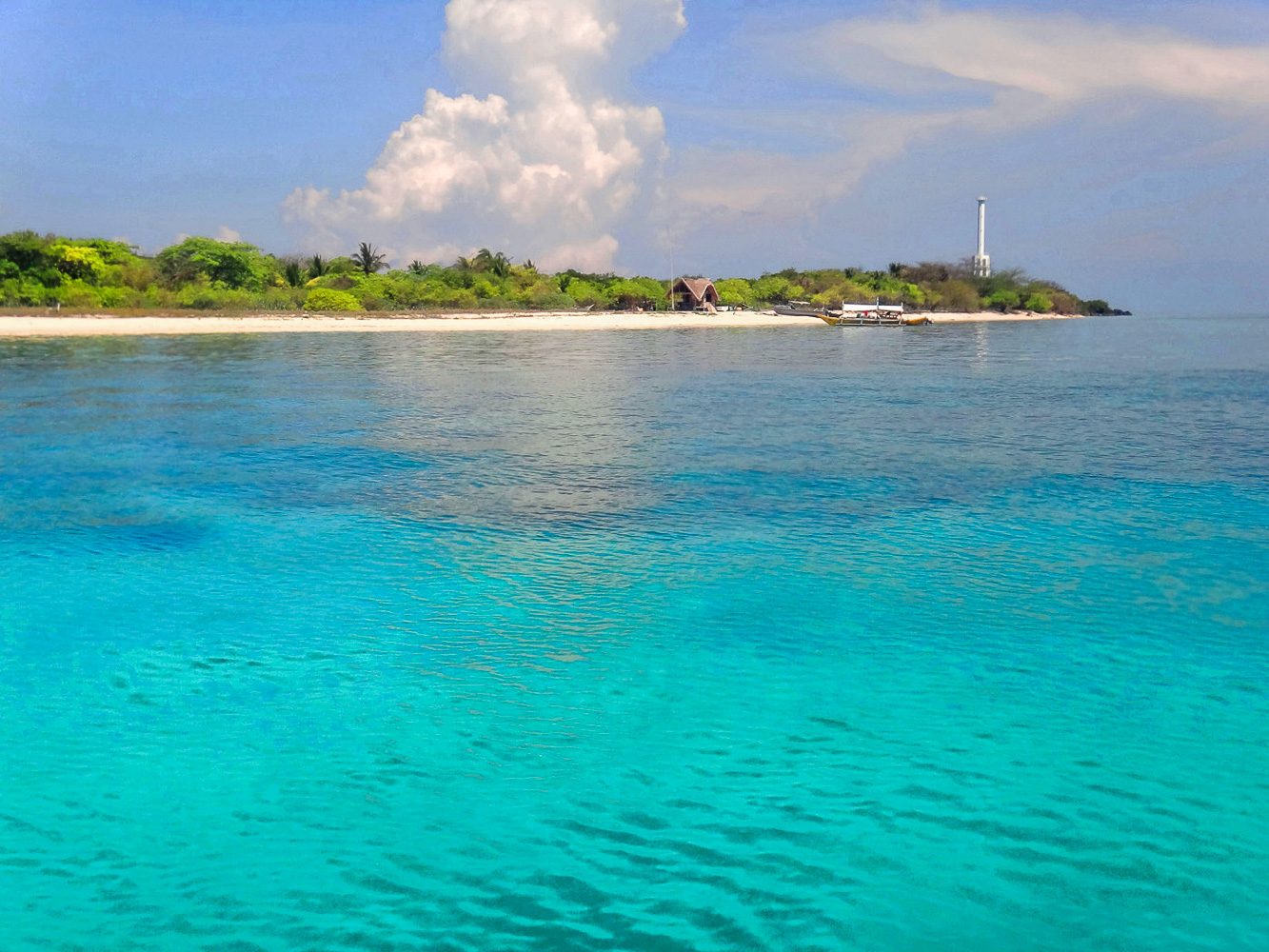
Often mistaken for an island with the same name in Negros Oriental, which is also a diving spot, Apo Island sits on Apo Reef, the world’s second largest contiguous coral reef system after Australia’s renowned Great Barrier Reef. (READ: Appreciating Apo Reef’s understated beauty)
With clear waters perfectly reflecting the sky and creamy pinkish white sand on an island small enough for you to see both the sunrise and sunset, Apo Island is a beach bum’s dream.
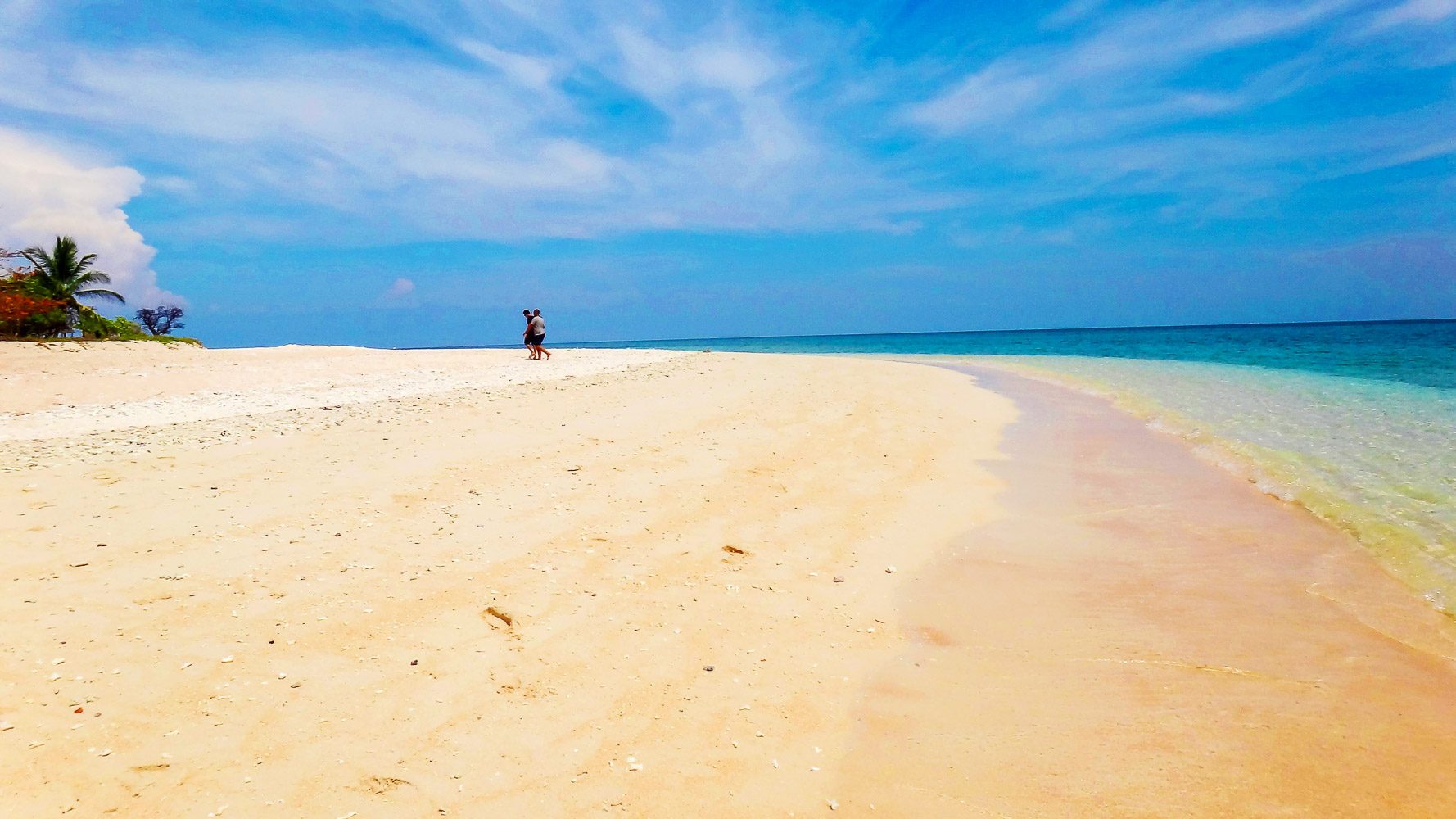
Snorkel or dive into the waters to see colorful corals, fish, pawikans, and sometimes dolphins, sharks, and manta rays. And, on the island, you will likely have nesting pawikans for companions. These turtles can be easily disturbed, though, so maintain some distance and avoid using flash when taking photos. (READ: 6 travel mistakes that harm beautiful destinations)
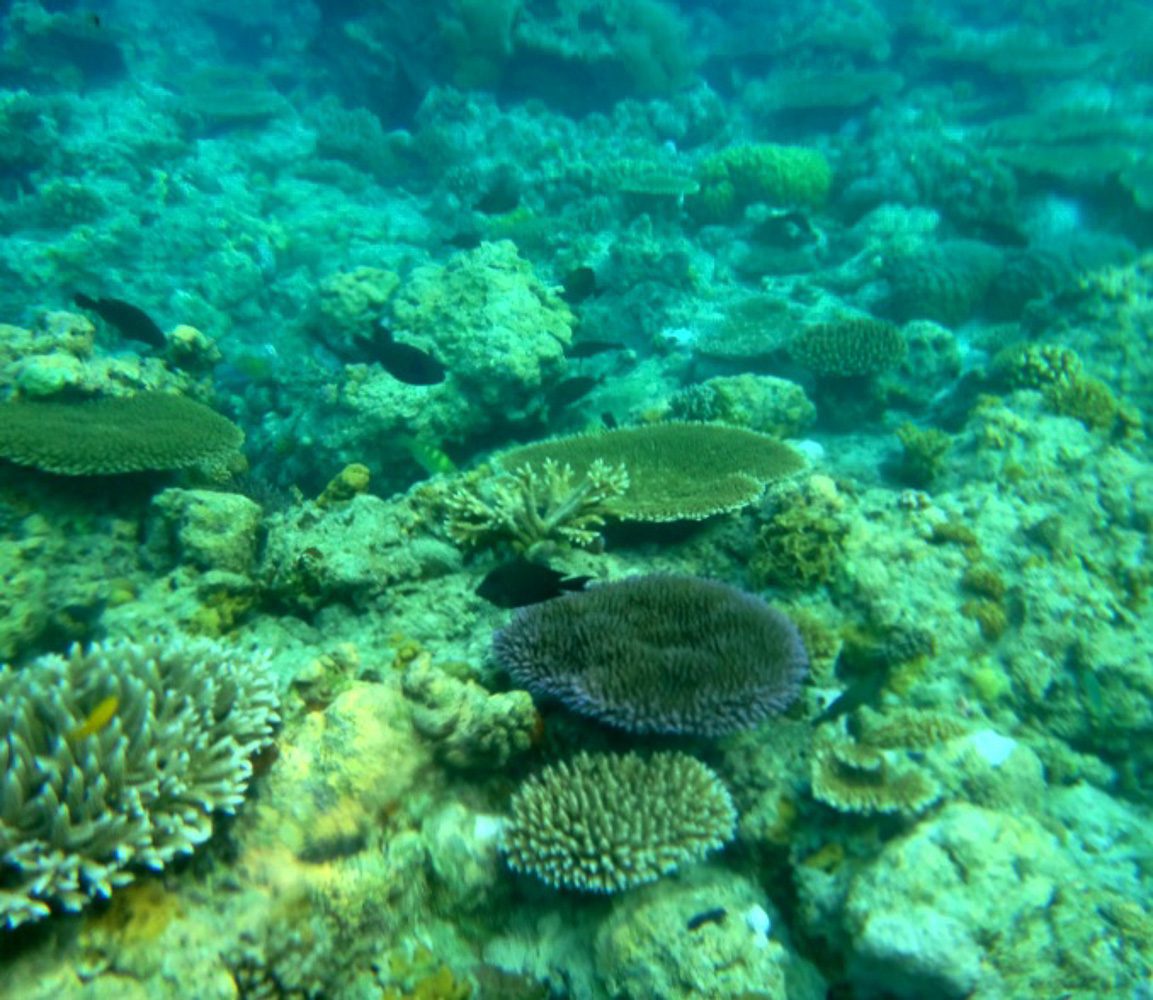
How to get there: From Sampaloc, Manila, ride a bus to Sablayan, which will take at least 8, though usually 9 or 10, hours, depending on the ro-ro schedule the bus will follow. For a cheaper trip, you can take a bus first to Batangas City Pier, ride the ro-ro to Abra de Ilog, then ride a bus to Sablayan. For a shorter trip, you can take a flight to San Jose, then a tricycle to the bus terminal, where you will ride a bus for around three hours to Sablayan. From Sablayan, charter a boat to Apo Island. Boat trip takes around 3 hours.
Seco Island, Tibiao and Caluya Islands, Caluya, Antique
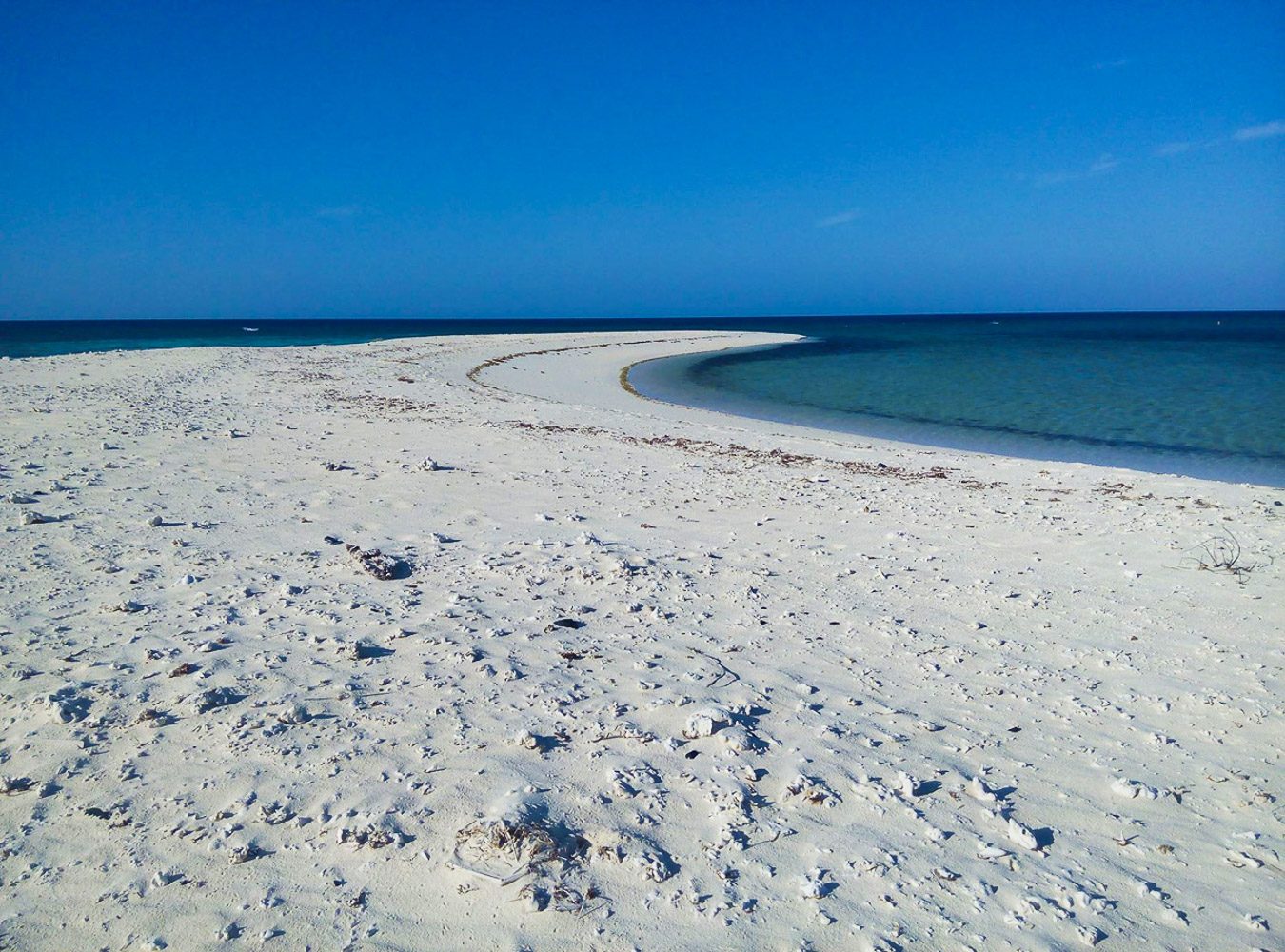
With no direct flights going to Antique, this province is often overlooked for other destinations like Iloilo or the famous Boracay. But for those who dare to travel longer, pristine beaches like Seco Island and Caluya Islands await.
Seco Island is a pure white giant sandbar in the shape of an elbow (in fact, “seco” means “elbow” in Kinaray-a, the local language). The sand is fine and creamy, and the waters flow in different shades of blue. There is even a turquoise lagoon in the area.
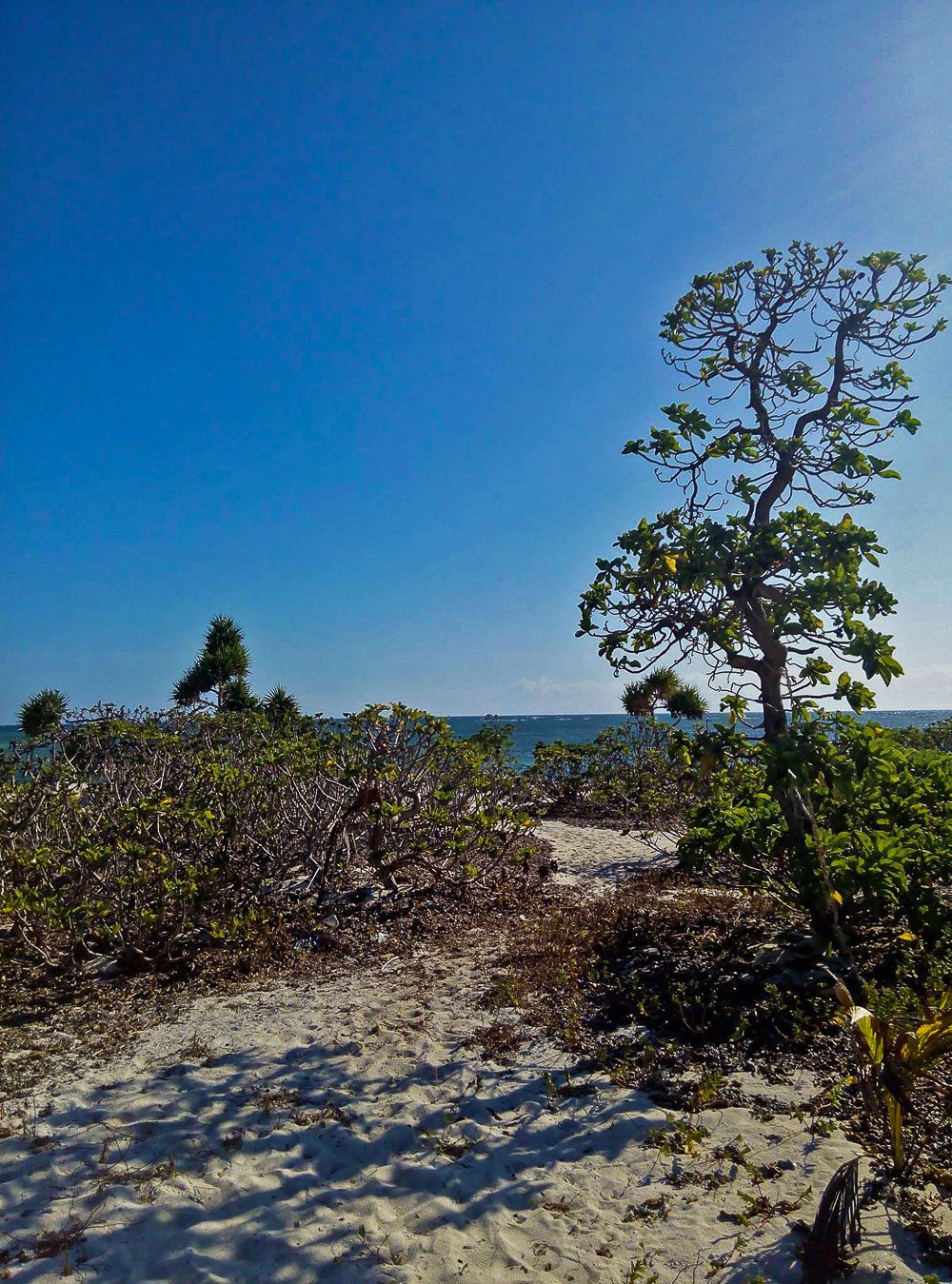
Caluya is a group of islands north of Antique, with Sibato Island having the best beach with powdery white sand. This white sand surrounds the entire island. Aside from enjoying Caluya’s fine sand and clear waters, you can also savor the slow-paced life here as you watch and talk to locals harvesting and preparing seaweed, the main livelihood source in Caluya.
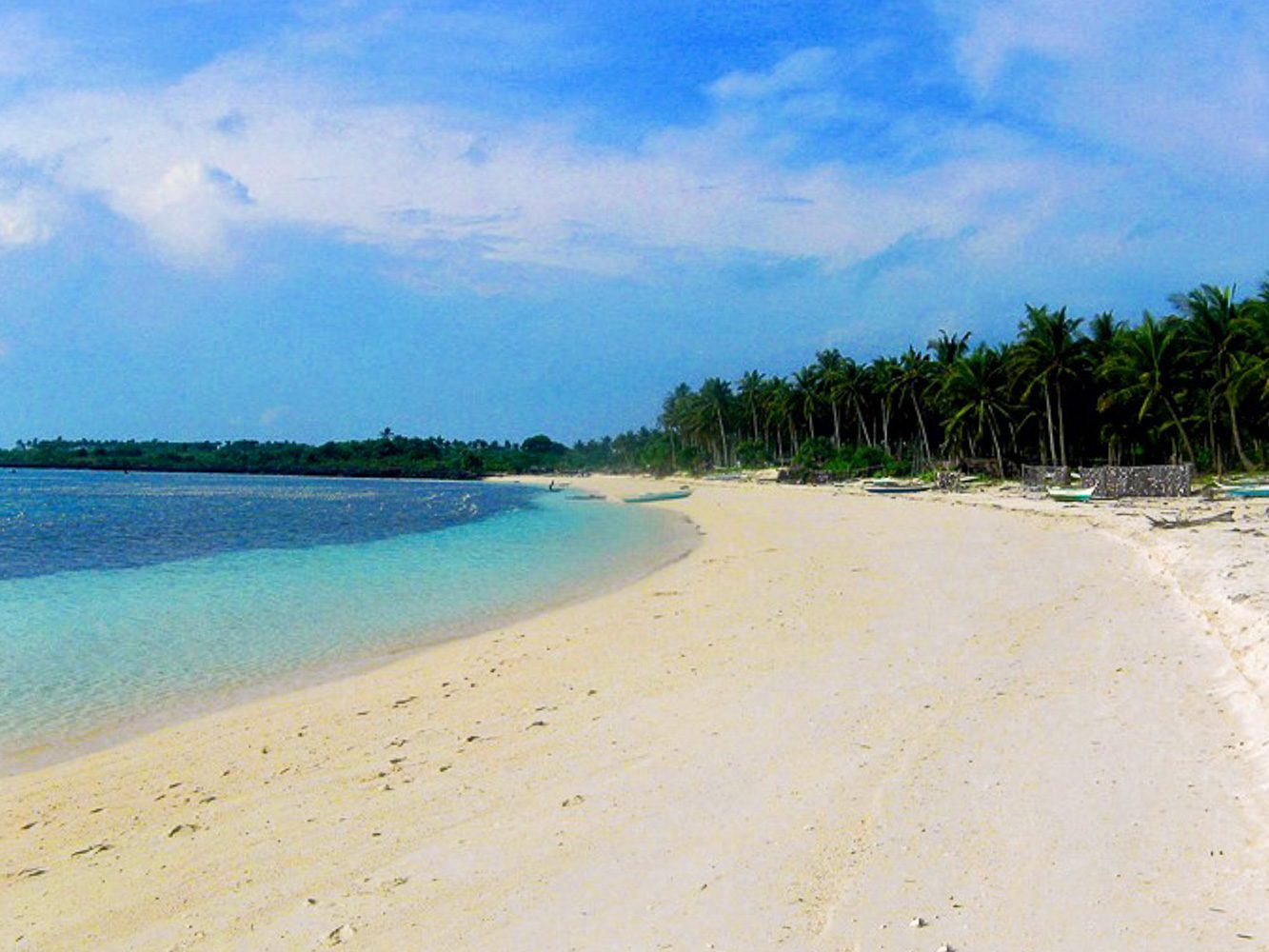
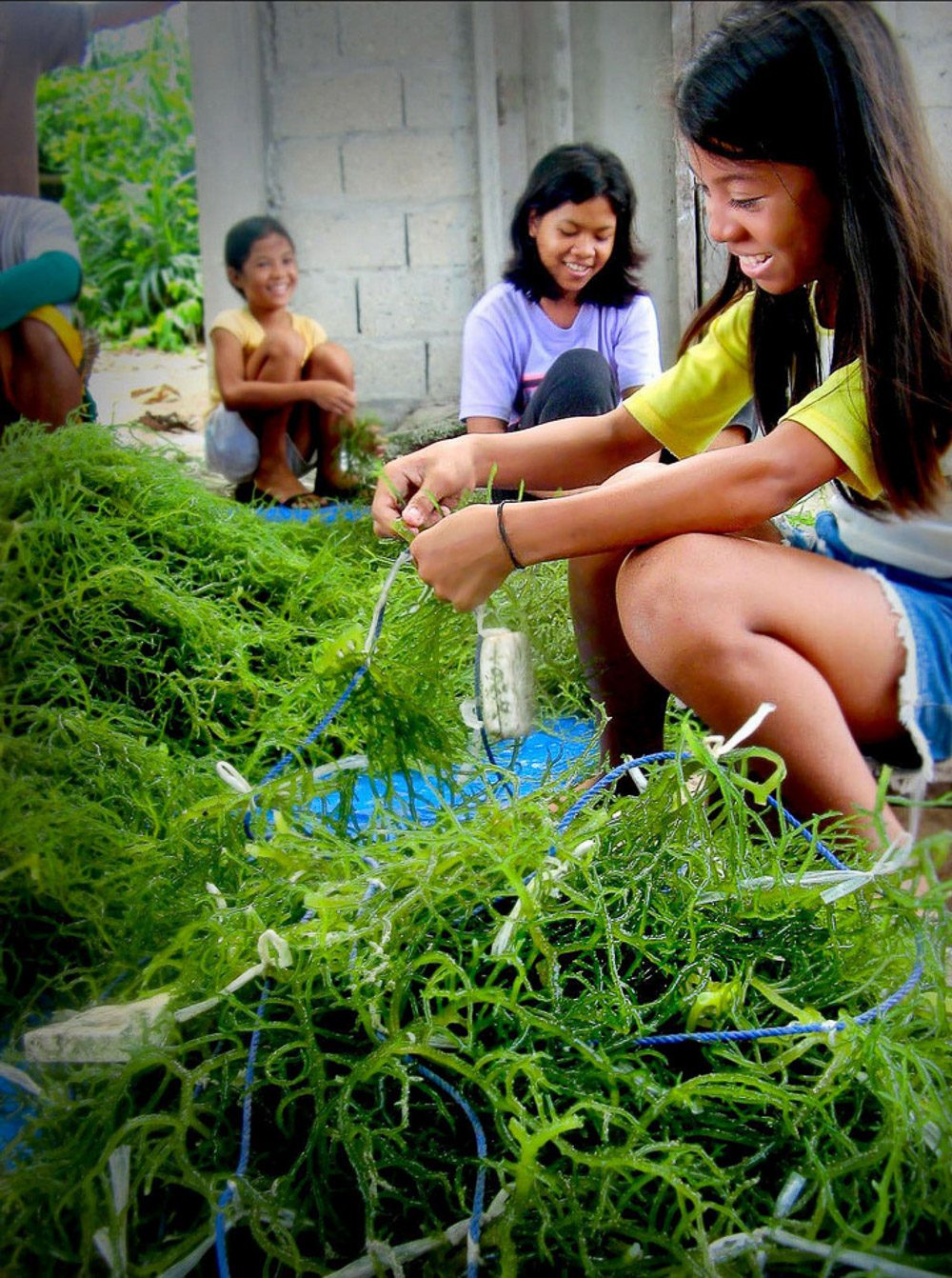
How to get there: Take a flight to Caticlan. To get to Seco Island, ride a bus to Iloilo and get off at Barangay Importante in Tibiao. Travel time is 3 hours or less. Charter a boat to Seco Island, which takes around 3 hours, depending on the roughness of the waves. To get to Caluya, ride a bus to Libertad from Caticlan, which takes over an hour. Ride a ferry boat to Caluya (around 4 to 5 hours). Sibato Island is 15 minutes away by boat from the mainland.
Sambawan Island, Maripipi, Biliran
An understated province often mistaken to be part of Leyte, Biliran is home to beautiful waterfalls, mountains, and to arguably one of the best islands in the Philippines, Sambawan Island. (READ: Biliran: The beautiful province you haven’t discovered yet)
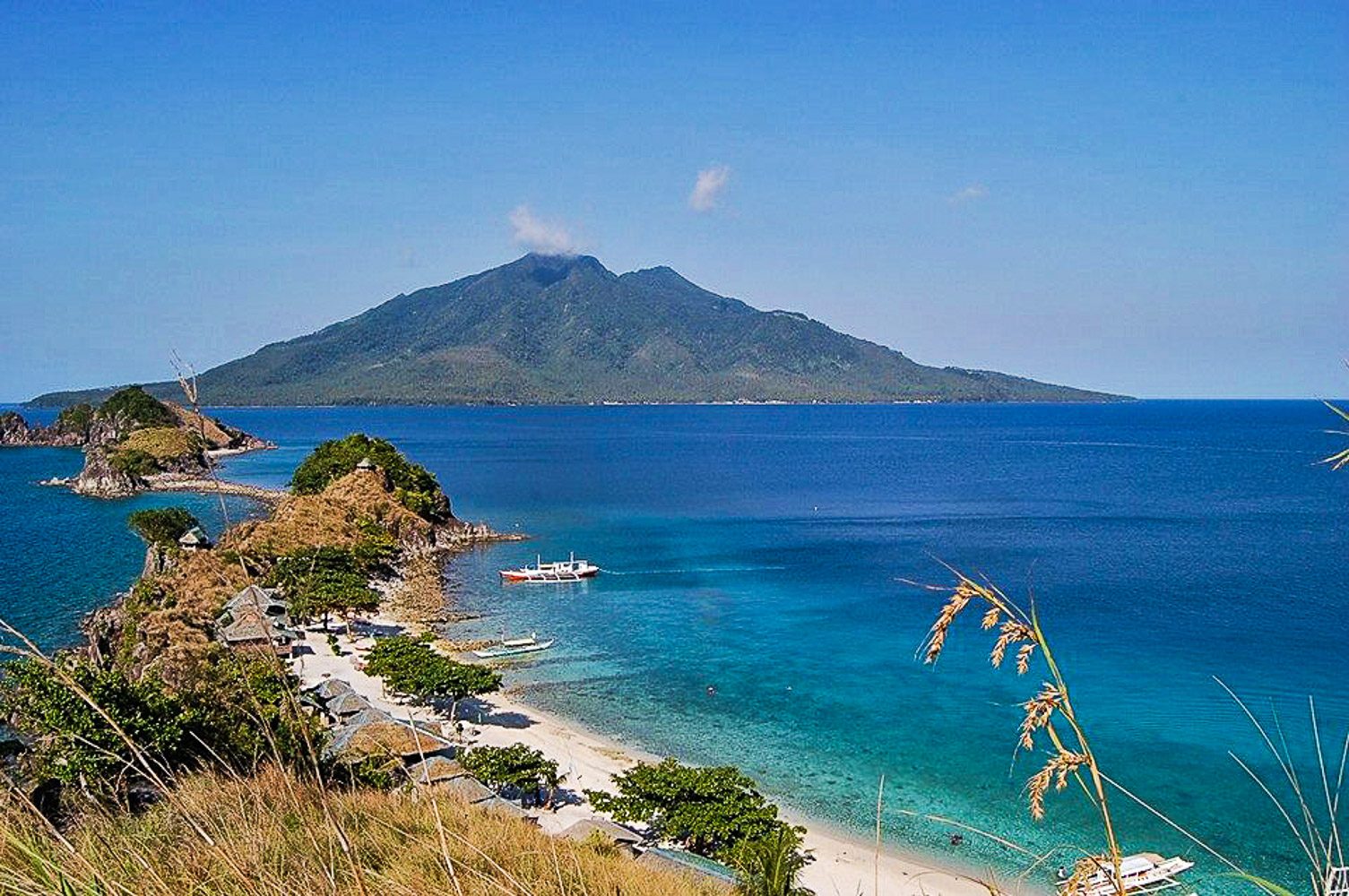
On one side, Sambawan has grassy hills which turn green or brown depending on the time of the year, and on the other side is a long stretch of white sand. Take time to trek up the hill to see the entire stretch of the island surrounded by bright blue waters. Take a dip in the quiet waters or go on a diving trip to see colorful marine life, as Sambawan is a diving spot.
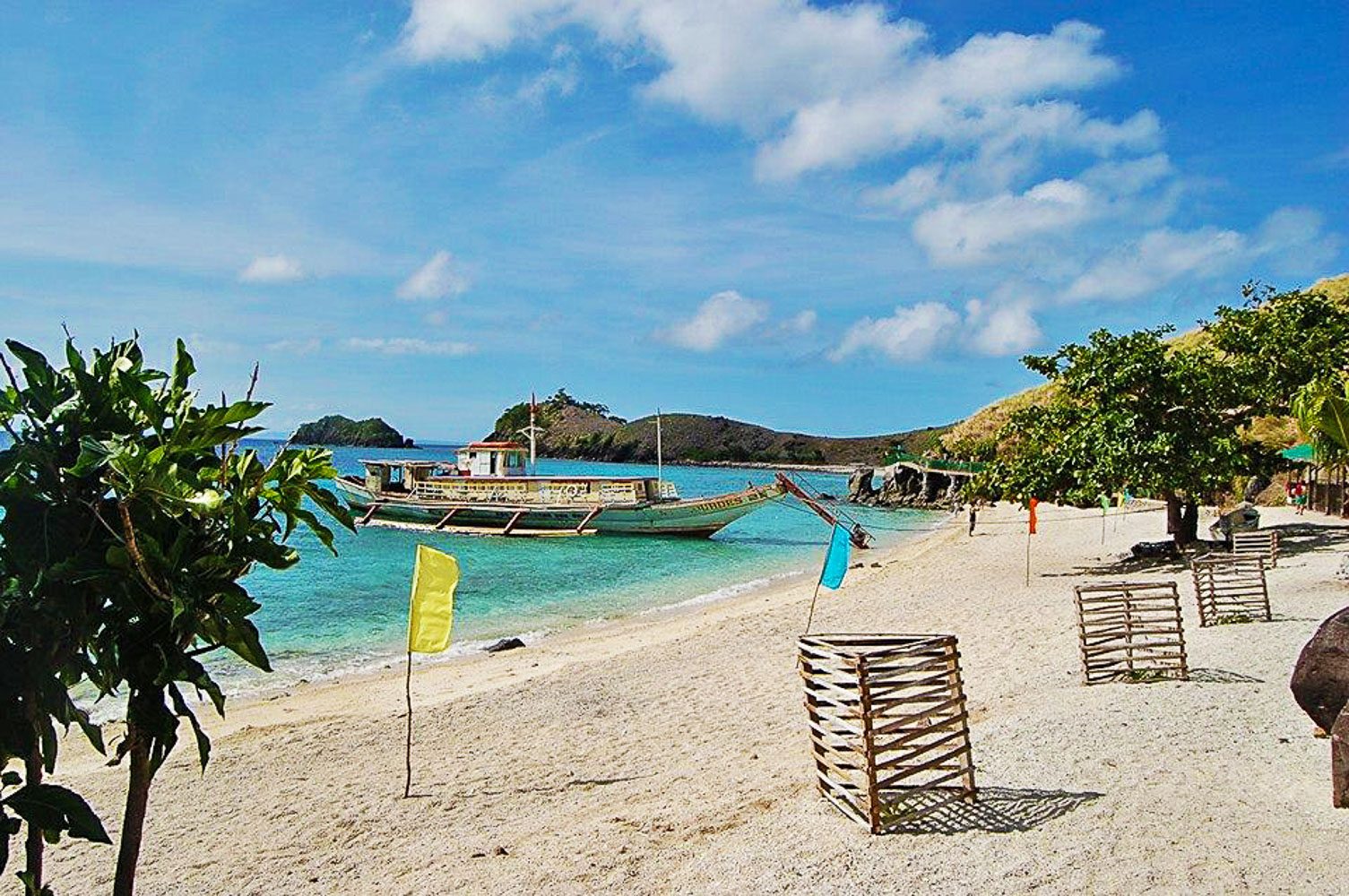
How to get there: Take a flight to Tacloban. Ride a van to Naval, Biliran, which takes around two and a half hours. Take the passenger boat to Maripipi Island (around two hours), then hire a boat to Sambawan (around 30 minutes). Alternatively, from Naval, you can take a bus, jeep, or motorbike to Kawayan (around 45 minutes), then hire a boat to Sambawan (around one hour).
Limasawa Island, Limasawa, Southern Leyte
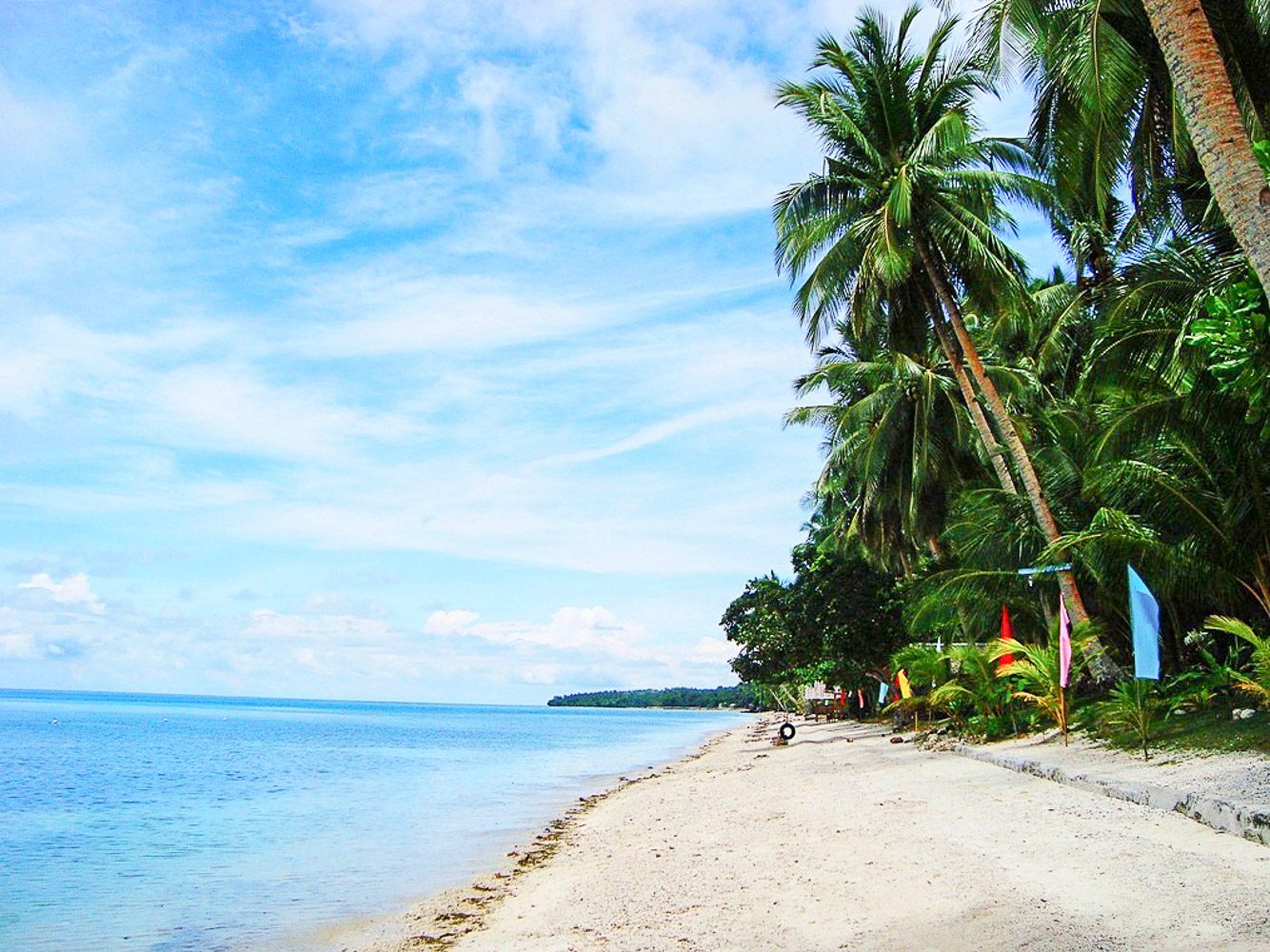
Historically, Limasawa Island is known to be the site of the first Mass and the first cross planted on Philippine soil.
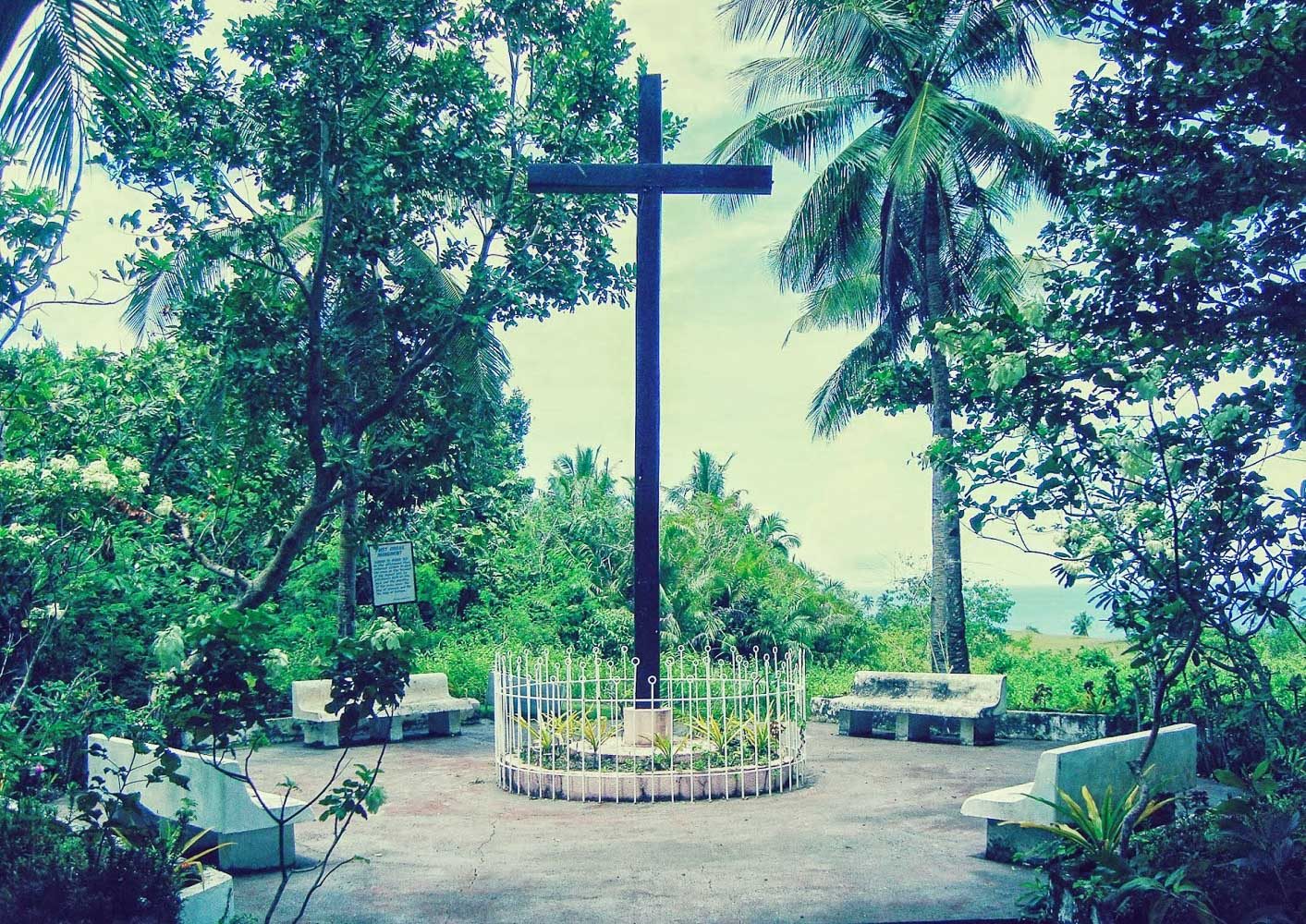
But not many know that this remote island is blessed with beautiful white beaches too, like Dakdak Beach’s long white expanse. Also, you may just see a whale shark around the area as whale sharks have been regularly sighted in Sogod Bay. Savor the quiet, laidback life in Limasawa too as you explore the town and see the historical sights and daily life.
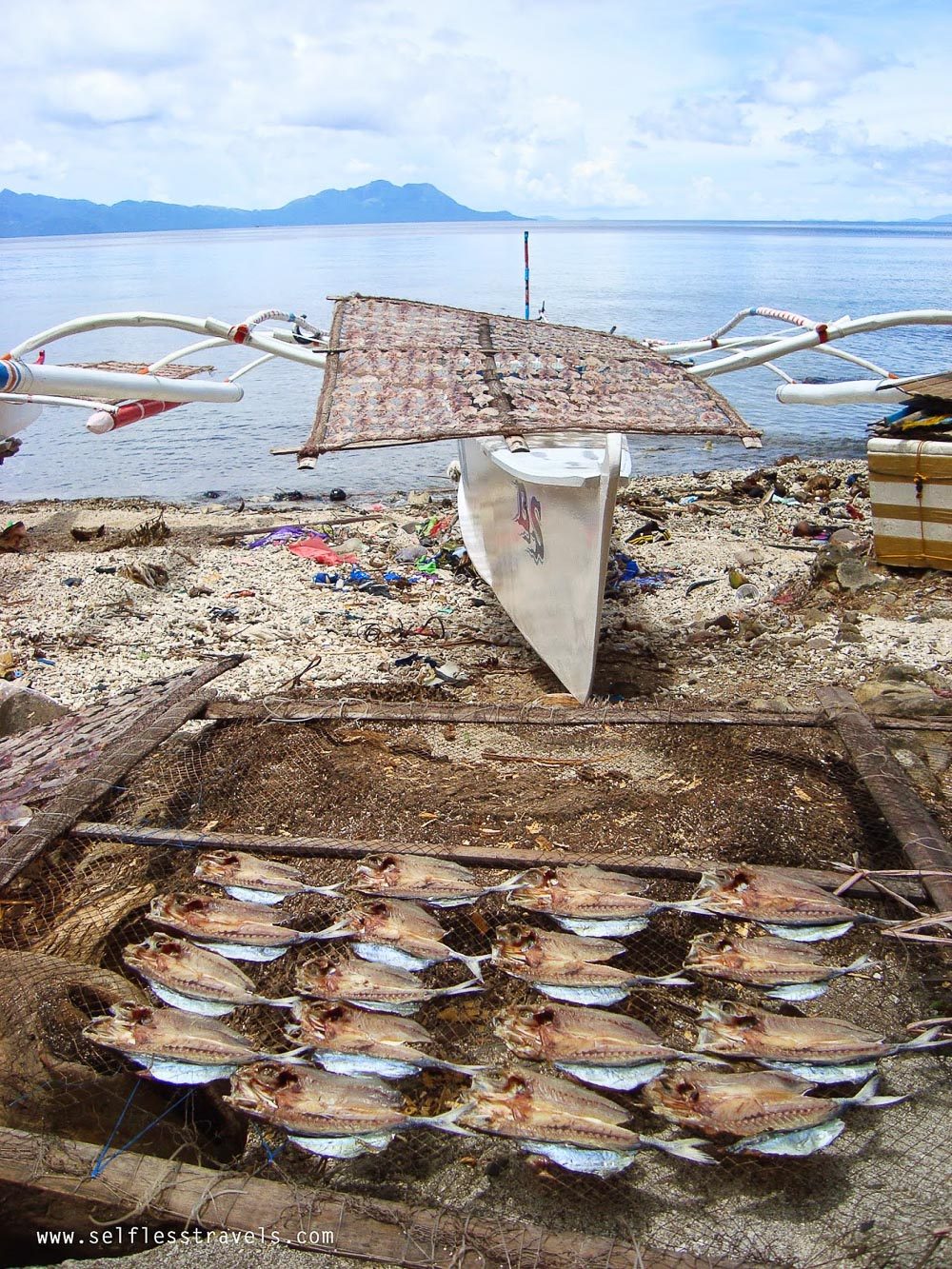
How to get there: Take a flight to Tacloban. Ride a van to Maasin (three to four hours of travel), then take a multicab or jeep to Padre Burgos (45 minutes). Ride a pumpboat to Limasawa Island, which takes around 45 minutes.
Waniban and Pujaba Islands, Mati, Davao Oriental
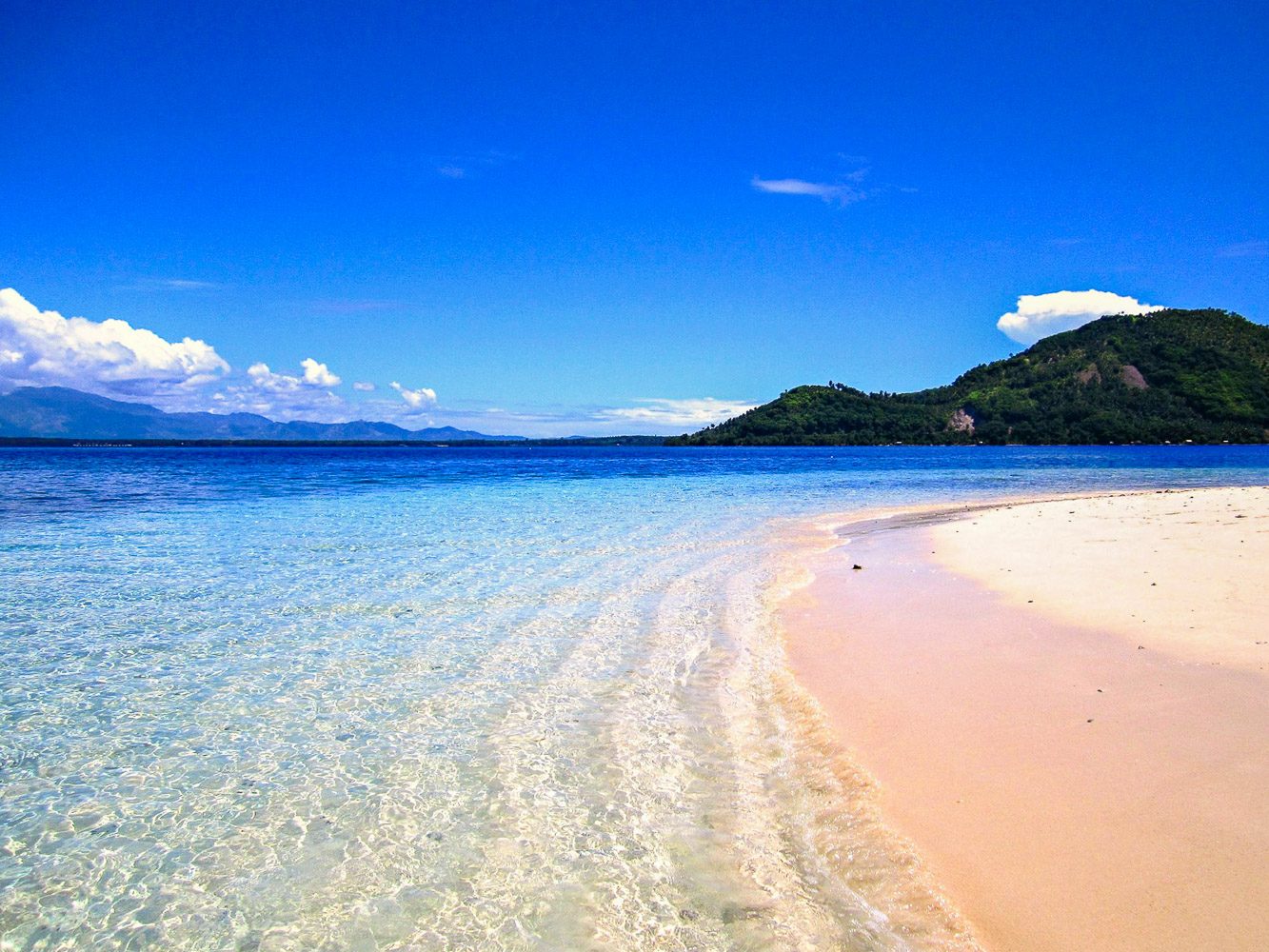
Mati is already known to some for its seven-kilometer Dahican Beach with waves popular among surfers and skimboarders, but for beach bums, there are islands perfect for just lounging on the sand and swimming on clear waters.
Waniban Island is a small but beautiful island at just four hectares, with powder-soft white sand occasionally punctuated with rocks. In some areas rocks and incoming waves form a natural jacuzzi perfect for relaxing.
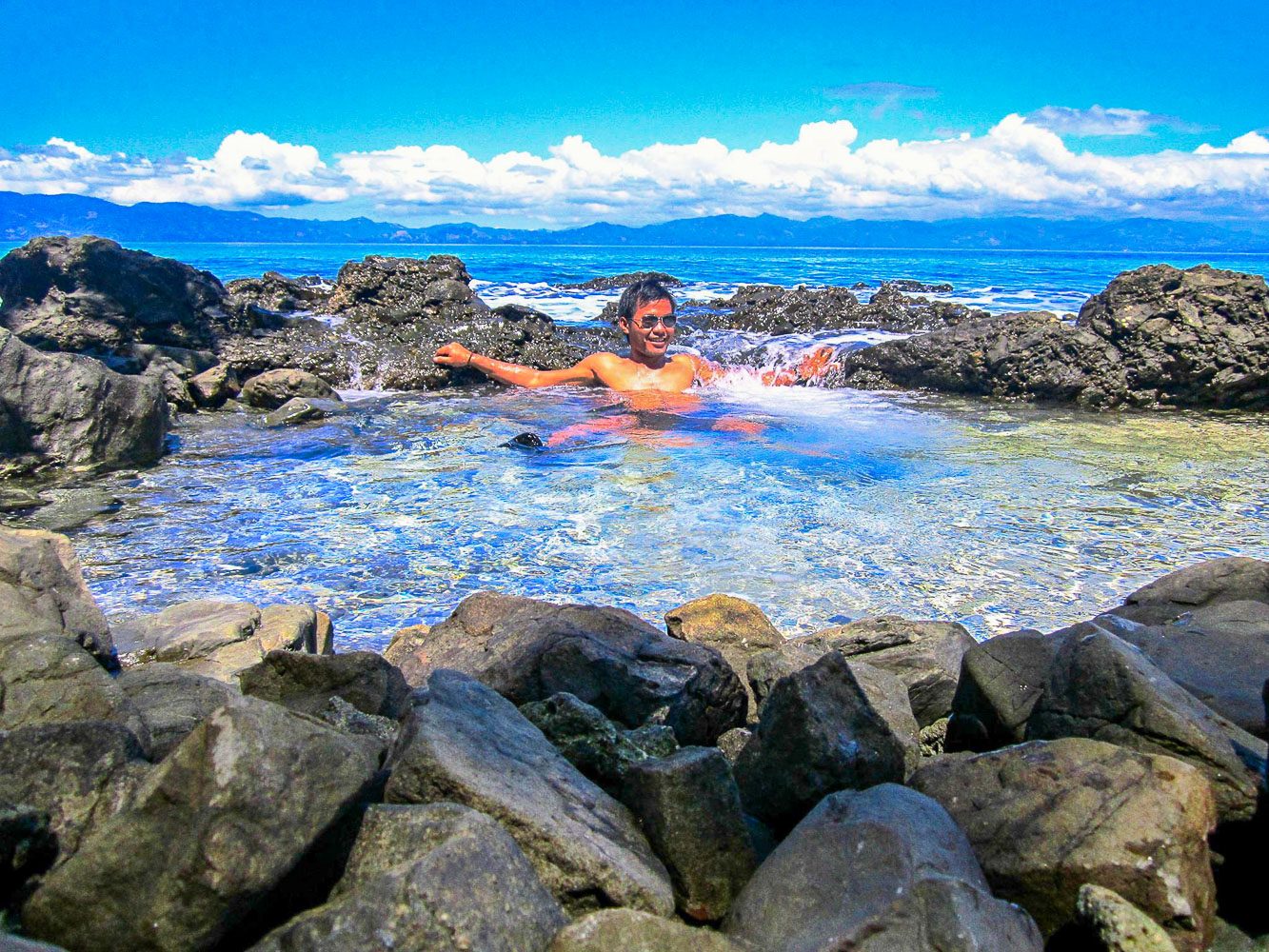
Neighboring Pujada Island is bigger than Waniban but also has powdery white sand.
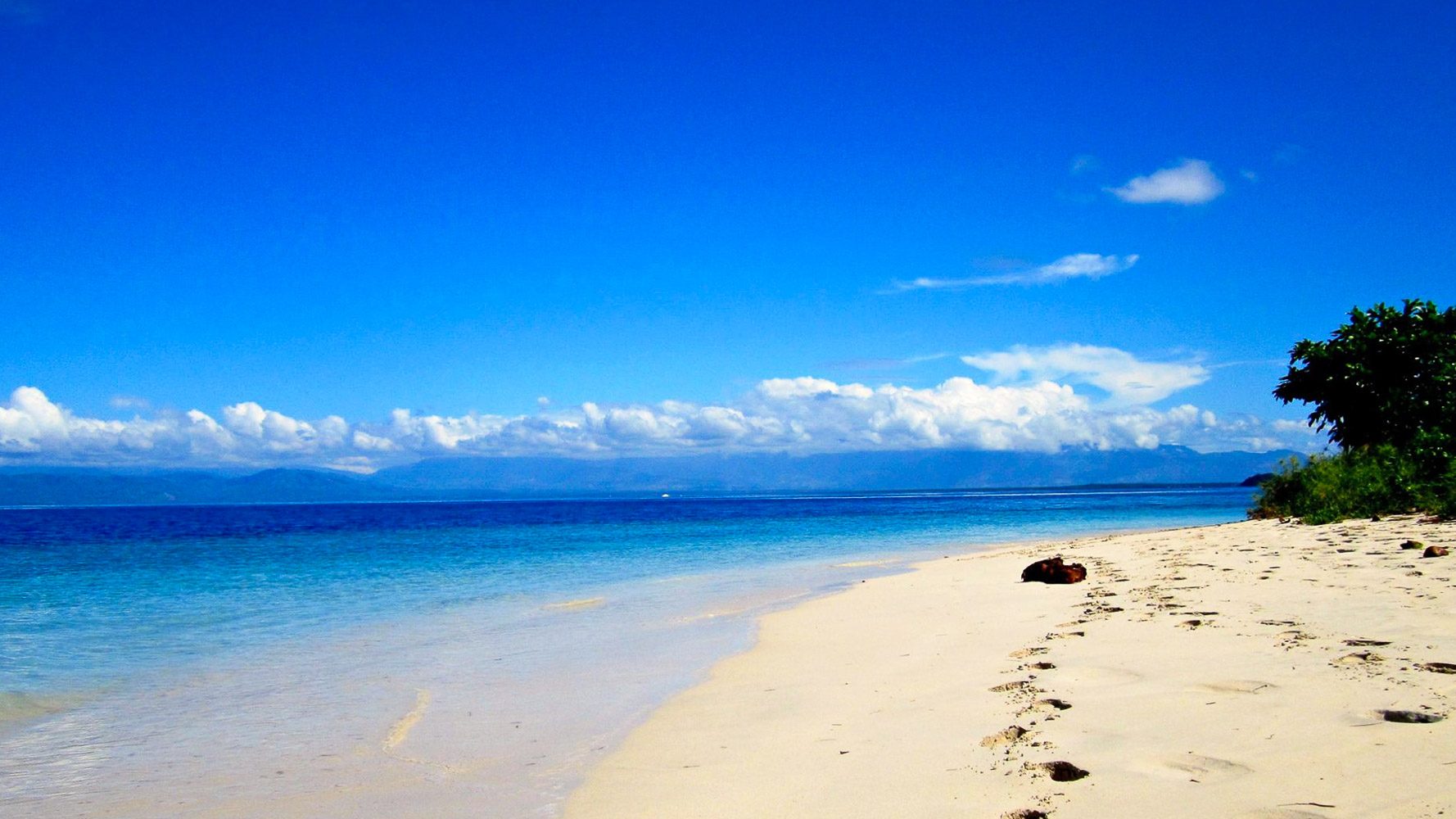
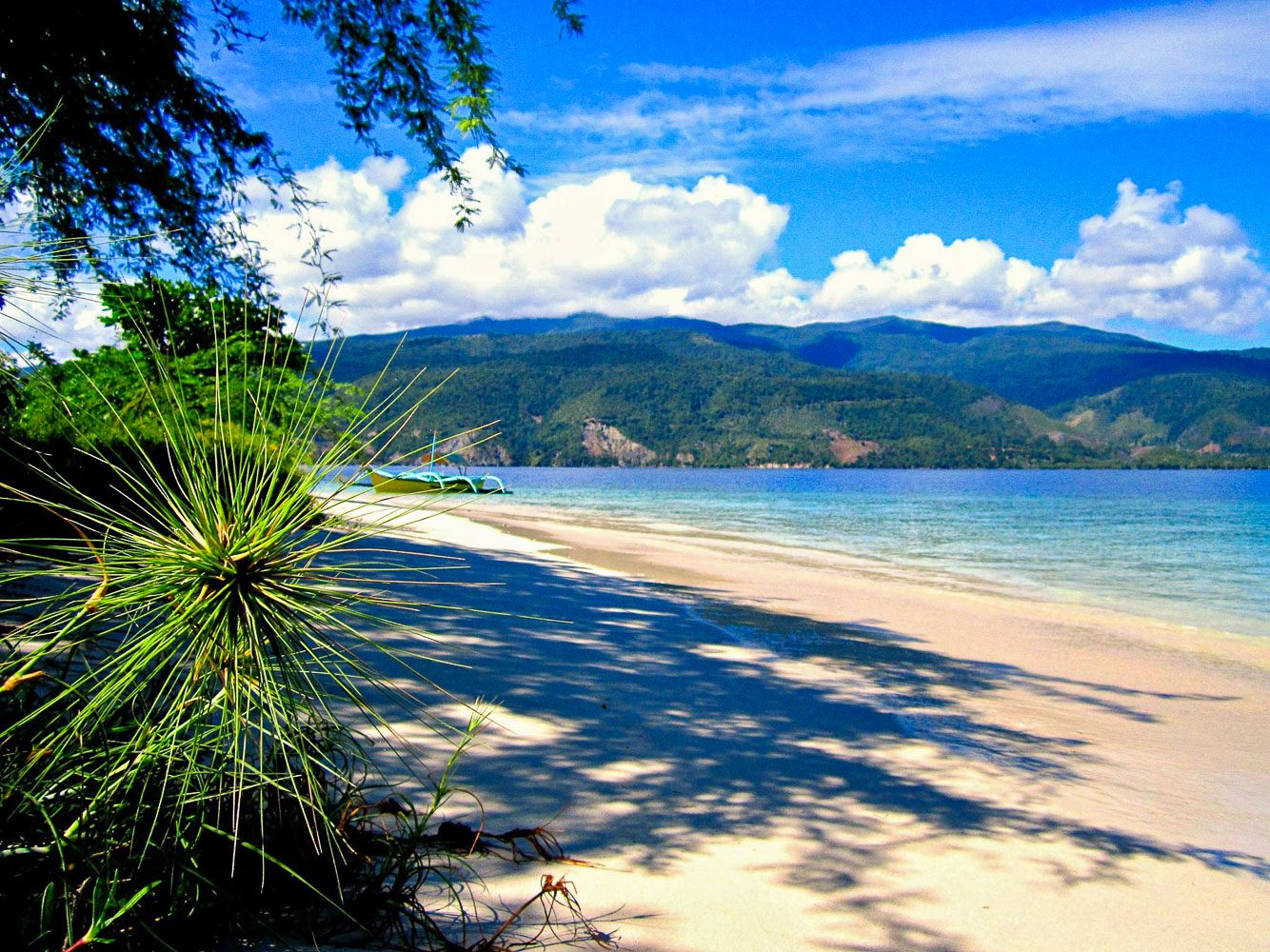
How to get there: Take a flight to Davao City. Ride a bus to Mati, which takes around four hours or less. Hop on a habal-habal to Barangay Tamisan (around 30 minutes or less travel time). Take a boat to Waniban Island (30 minutes away from the mainland). Pujada, meanwhile, is around 20-30 minutes away from Waniban.
Beaches of Simunul and Sibutu, Tawi-Tawi
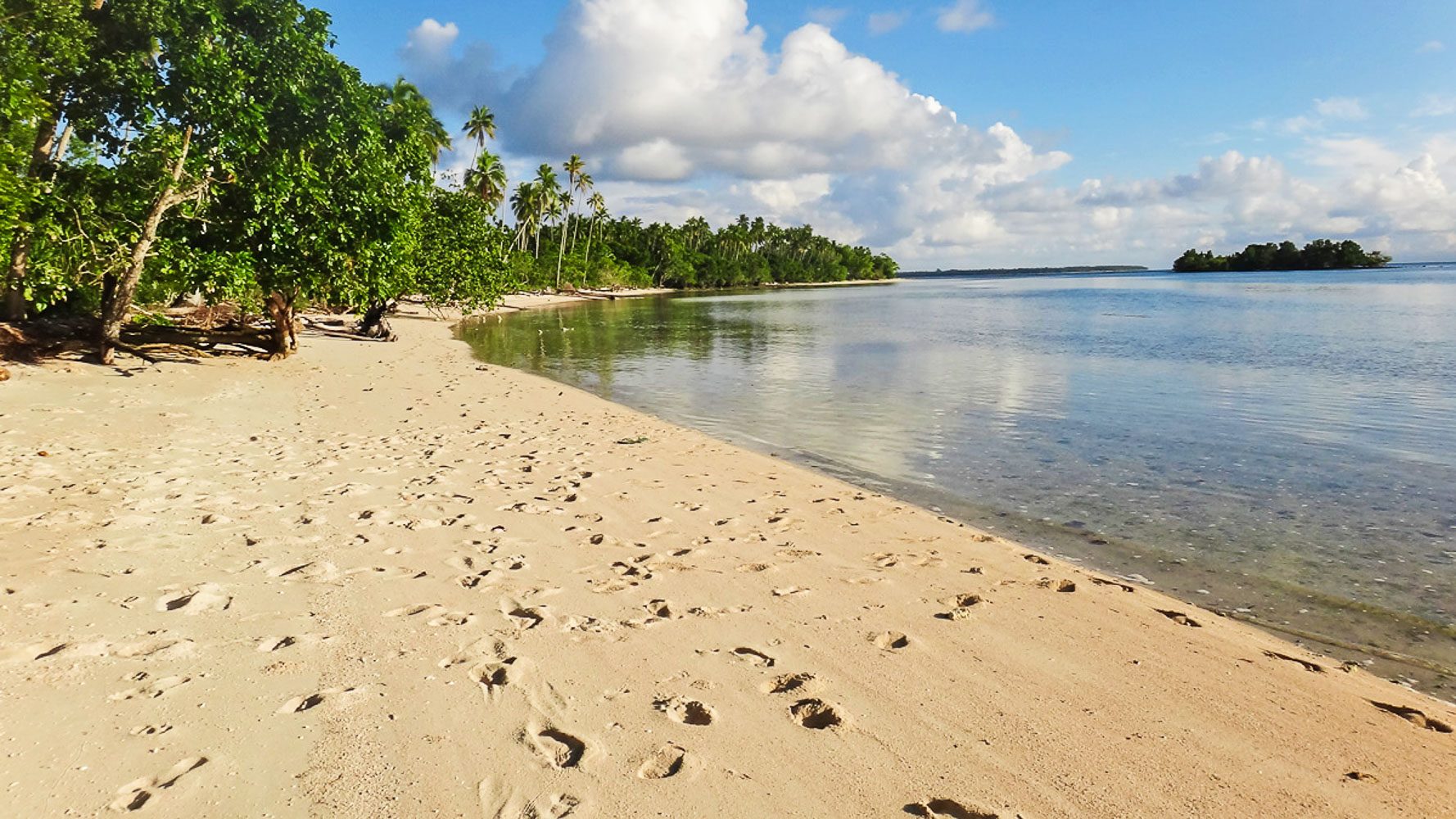
The southernmost province in the Philippines is a group of islands, many of them bordered by pristine white beaches rarely visited by tourists. The beaches of Simunul and Sibutu are just among this number.
Simunul is more known as the birthplace of Islam in the Philippines, as it is the home of the country’s first mosque, but it also has quiet white beaches where you will likely find yourself alone or with only a few locals. Some areas have land curling around and tempering the waves of the sea, ensuring smooth, tranquil waters perfect for swimming.
Sibutu is the country’s farthest southern municipality, and is as almost as close to Malaysia as it is to the Philippines. Here, you will find seemingly endless stretches of white sand lined by trees whether you look to your left or to your right. This is because Sibutu’s eastern side has a length of almost 40 kilometers, much of it white sand. Ride a habal-habal around the island and just stop at a beach that catches your fancy. If you’re feeling adventurous, you can also go to Saluag, the country’s southernmost island, 30 minutes away from mainland Sibutu. (READ: IN PHOTOS: 5 places to see in breathtaking Tawi-Tawi)
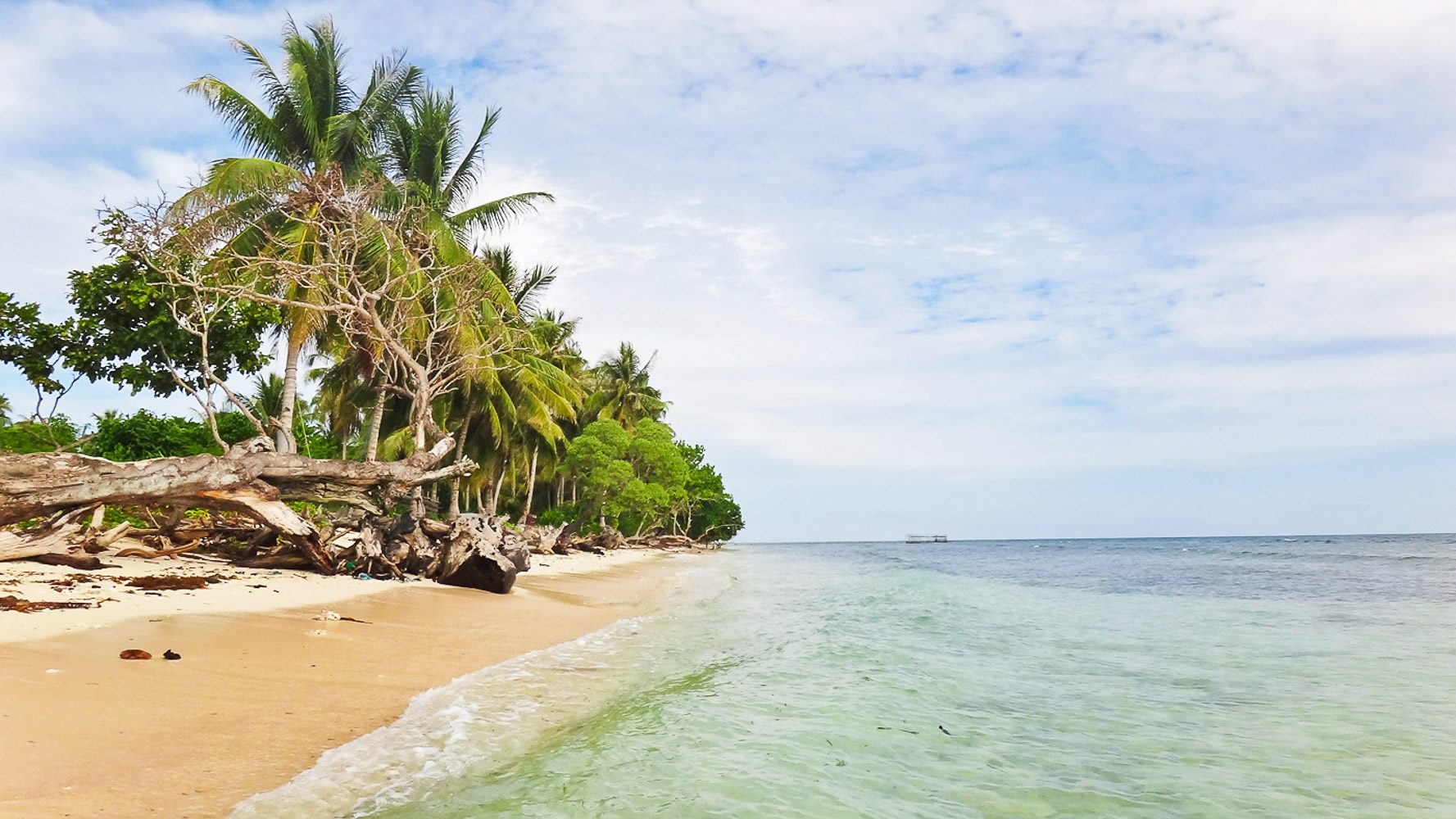
How to get there: Take a flight to Zamboanga City, then another flight to Bongao. From the airport, ride a tricycle (at least 30 minutes travel time) that will take you to Bongao town proper. To get to Simunul, ride a ferry from the Chinese Pier. Trip will take around 1 hour. A habal-habal can take you to Simunul’s beaches. To get to Sibutu, ride a lancha (a type of wooden ship) from the Chinese Pier. Travel time is at least 3 hours. Take a habal-habal around the island to explore its many beaches.
Do you know other beautiful remote white beaches in the Philippines? Share in the comments below! – Rappler.com
Claire Madarang is a writer, traveler, and seeker who believes in traveling light, particularly in the inner journey. Her wanderlust takes her to adventures like backpacking for seven weeks and exploring remote islands and bustling cities alike. Follow her adventures, travel tips, and epiphanies at Traveling Light.
Add a comment
How does this make you feel?
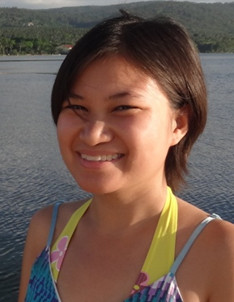
There are no comments yet. Add your comment to start the conversation.